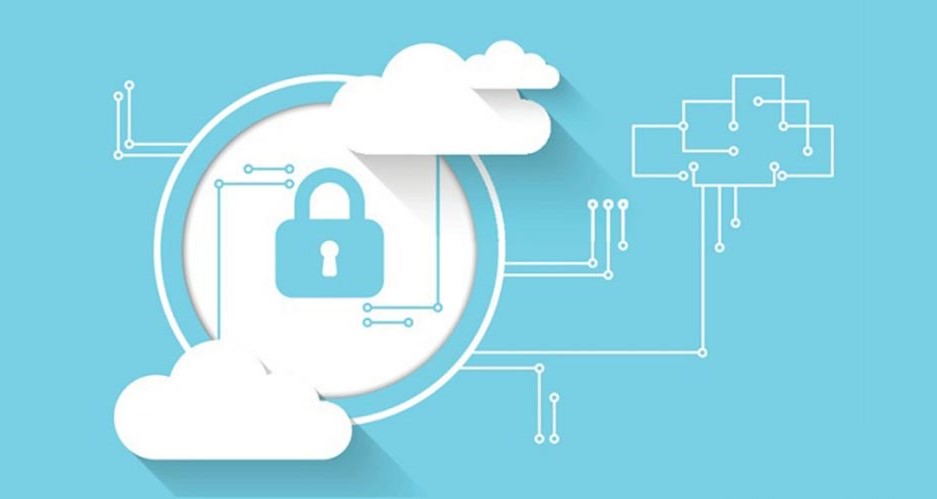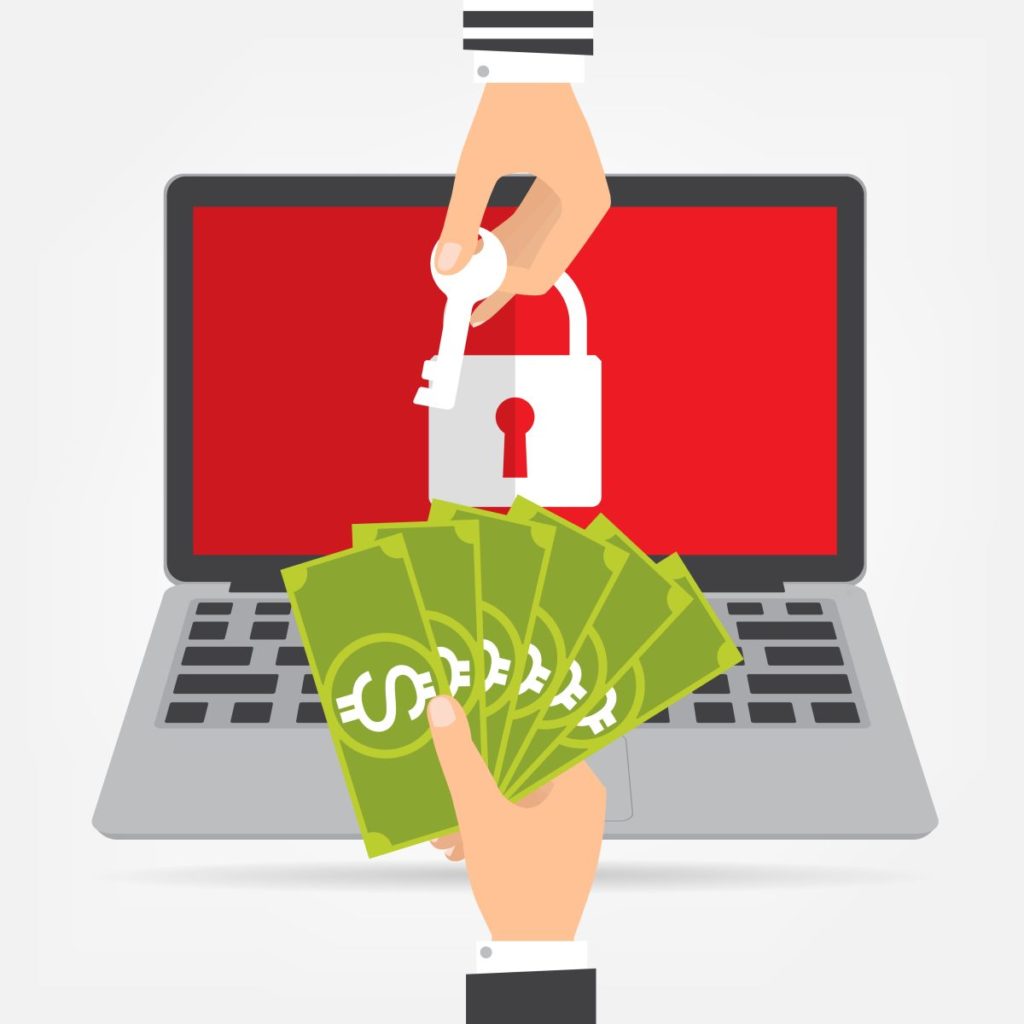How secure is cloud computing?

Cloud computing is a model of interaction over the Internet which involves convenient network access to a common fond of configurable computing resources that can be rapidly provisioned and decommissioned with minimal effort for provider requests. Cloud services can include servers, virtual machines, data storage, environment for software development and deployment.
While a lot of companies successfully use cloud computing, others still have doubts about this technology. The common reason for refusing to move into the cloud is security. The majority of companies who don’t use cloud yet, have fears about data integrity. If you want to move to the cloud but have some uncertainties, you can refer to the Managed Service Provider (MSP) who will take over all the stages of cloud implementation.
If you are still worried about the security of your data in the cloud, keep reading. Below we will describe common cloud security risks and the ways to avoid them.
What are the security risks of cloud computing?
There are two global risks in cloud computing – distributed denial of service (DDoS) and hackers attacks (cyber-attacks). Also, users are often worried about information theft, leak or deletion. The majority of leaks, theft and deletion cases arise due to users disinformation about how the system works and due to the MSP’s fault.

For example, if you use a simple password, the cheater can easily guess or pick it. With a strong password, your data is safe. Passwords are stored in encrypted form, so it’s very hard to hack data with a good password. To increase security the businesses usually use the multi-factor identification – the cloud service provider asks you not only the password but an additional code or other information to identify you. The common example is the identification on the website via password and disposable code that you receive on your phone. As for occasional information removal, you can avoid it with automatic backups. This process is better to entrust to MSP who will provide a disaster recovery strategy.
Now, let’s talk about DDoS and hacking attacks. These are more serious problems but you can avoid them too.
DDoS attack means a lot of artificial target attacks from bots. That can overload website resources and cause it to fail till attacks stop. To avoid this risk, you can use a Content Delivery Network (CDN) like CloudFlare from Amazon – this is DDoS protection, which can allocate additional resources during the attack and save your system from fail. CDN allocates resources and after that blocks bots that attack your website. This scheme fully protects you from DDoS. In addition, CDN can increase the speed of response and give you scalability. As a result, you will have a flexible and secure system.
Hacking attacks consist of different actions aimed to harm the system. This can be viruses, password crackers, network scanners, denial of services, remote or local penetration, etc. There are a lot of ways to avoid each of the attacks and, honestly, it’s hard to do on your own. The good news is that your MSP can provide protective measures for each action.

Conclusion: is cloud computing secure?
Today we spoke on how to secure your data in cloud computing. As you can see, with the right implementation approach you will have a safe and reliable system in the cloud.
Cloud computing can make your processes more flexible and efficient, and your company will become more competitive. To make all processes right, you’d better refer to the experienced MSP. The third-party provider who specializes in cloud computing can move your data, software and other stuff to the cloud without losses. Thus, with the right approach cloud computing is quite a secure thing.